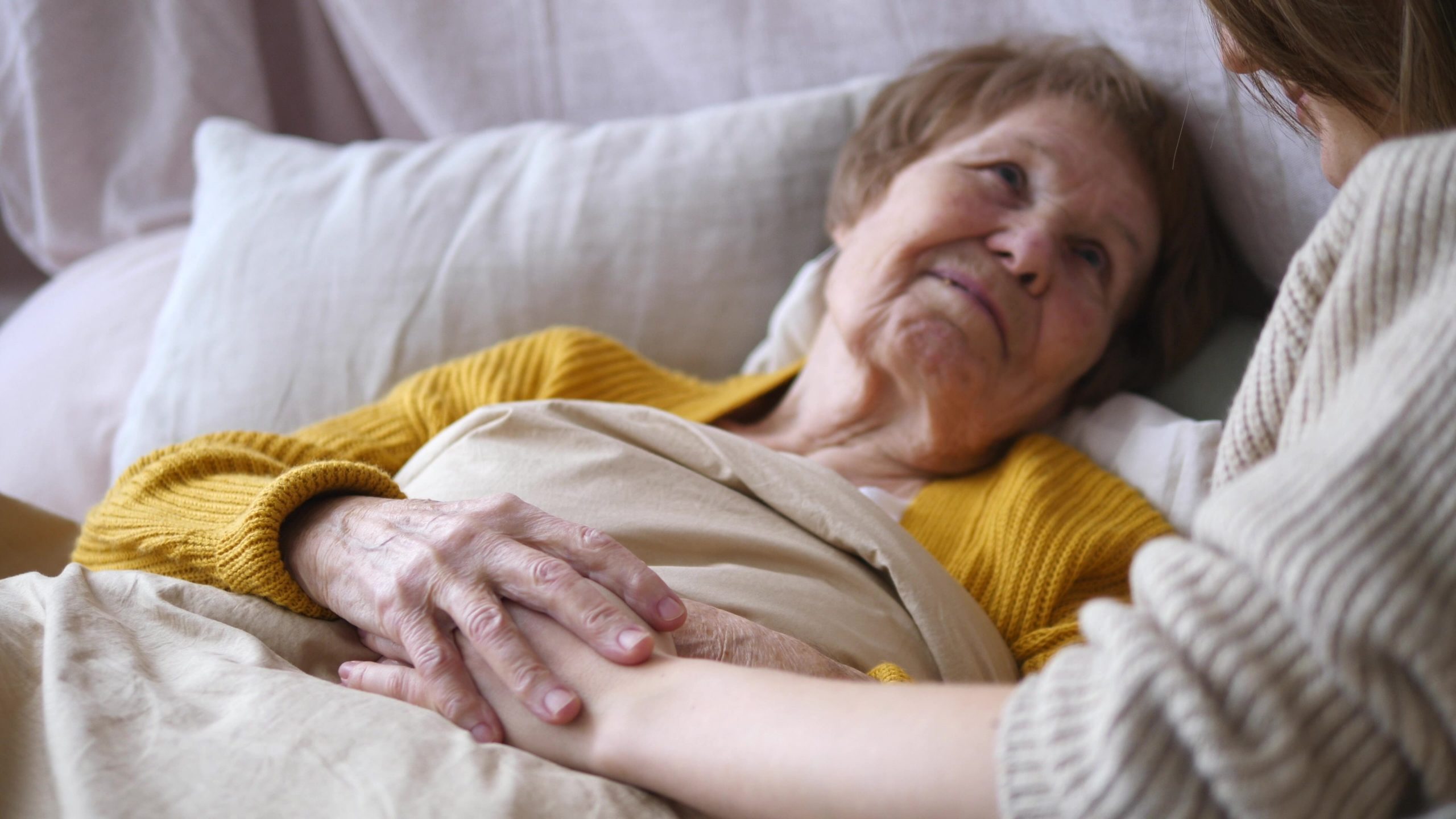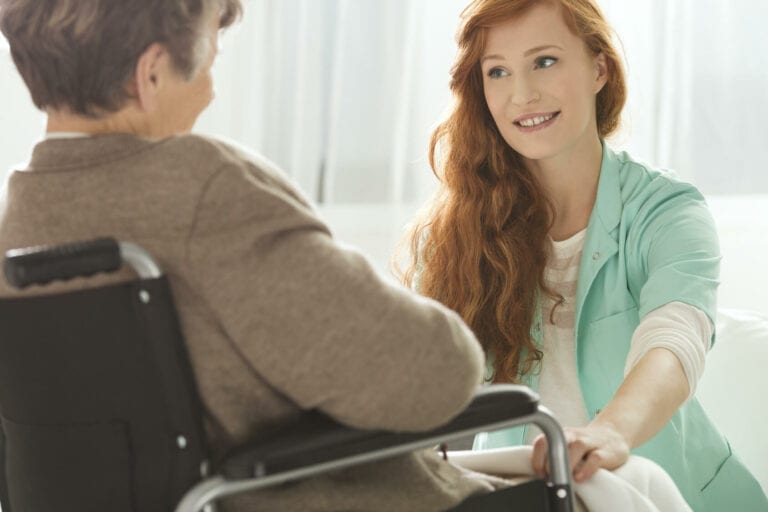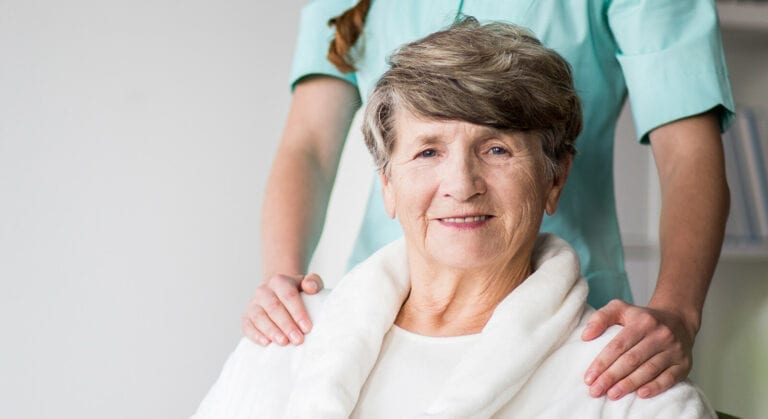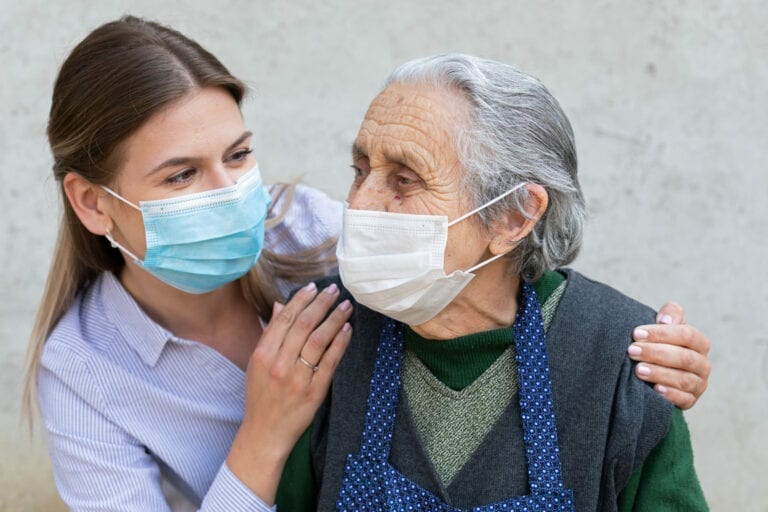Sepsis can and does affect all age groups. Infants and people with chronic health conditions or damaged immune systems are more likely to acquire sepsis. However, those over 65, particularly those with health problems, are more prone to sepsis than any other group. Adults 65 and older are 13 times more likely than adults younger than 65 to be hospitalized with sepsis, and 63% of older adults admitted to the ICU present with sepsis upon admission. Like strokes and heart attacks, sepsis is a medical emergency requiring immediate diagnosis and treatment. Here we will look at sepsis in elderly.
What Is Sepsis?
When the body overreacts to an illness, sepsis ensues. Typically, the body combats infections by releasing chemicals into the bloodstream. However, this can reduce blood pressure and cause harm to vital organs and tissues. Without treatment, patients may develop septic shock, a potentially fatal illness in which organs stop functioning.
Patients in nursing homes are more likely to develop sepsis. These individuals are often seniors who have difficulty fighting off infections. Residents of nursing homes may also have preexisting health conditions, which increase their risk of sepsis.
Who Has the Highest Chance of Developing Sepsis?
Sepsis can affect anyone at any age; however, infants, older adults, and people who are already struggling with their health are at the greatest risk.
Those who are most likely to get sepsis include:
- People that are either older than 65 or younger than one year old
- Those who suffer from ongoing health conditions, such as diabetes, and those who have compromised immune systems
- Those patients who have previously survived sepsis
Signs of sepsis in elderly
Rapid onset of sepsis symptoms is possible. As the body attacks healthy tissues and organs, those with sepsis will likely experience considerable pain.
Additional Signs of sepsis in elderly include:
- Rapid respiration
- Rapid heartbeat
- Confusion or disorientation
- Fever and shivering is one of the major signs of sepsis in elderly
- Insufficiency of breath
- Perspiring and clammy skin
What are the main causes of sepsis?
The body’s inability to fend off infections is the root cause of sepsis. According to the Centers for Disease Control and Prevention (CDC), sepsis can be caused by various bacterial and viral diseases.
Infections such as the following are examples of those that can lead to sepsis:
- COVID-19
- E. coli
- Flu
- Staph
- Streptococcus
- Urinary tract infections
What are the Sepsis criteria?
To discuss sepsis criteria doctors have categorized sepsis into three phases based on its severity. The most severe cases are classified as septic shock.
Stage 1: Sepsis
Patients who have just entered the first stage of sepsis will frequently exhibit common symptoms such as a temperature and difficulty breathing. In addition to this, the doctor will check the patient’s blood pressure. Sepsis may have developed if it has fallen to less than 100 millimeters of mercury (mm Hg).
Stage 2: Severe Sepsis
The second stage has different sepsis criteria. Patients suffering from sepsis may develop new symptoms as the disease progresses due to organ malfunction. In severe cases of sepsis, notable symptoms include discoloration of the skin, an inability to urinate, and issues with the heart. Patients sometimes experience a loss of consciousness.
Stage 3: Septic Shock
When a person is suffering from septic shock, the blood pressure in their body drops to such a low level that vital organs begin to shut down. Any previous symptoms displayed by the patient in earlier phases are still present. Even gangrene can develop as a complication of septic shock in extremely unusual circumstances.
Learn More: Fracture Bedpan Placement
How to Prevent Sepsis… Even Before It Happens
Following these guidelines can reduce the risk of sepsis in elderly occurring in the first place.
1-Keep chronic conditions under control.
Maintain effective management of chronic diseases. Those with diabetes, for example, are responsible for keeping their glucose levels within the specified grades and taking care of their skin. If you have diabetes and have a foot infection, such as a chronic foot ulcer, which is common with the disease, be aware of when changes occur, and don’t be afraid to call for medical assistance — or at least advice — when you think things are changing. General hygiene is also important, as pointed out: If you have diabetes and have a foot infection, such as a chronic foot ulcer, which is common with the disease.
2-Roll up your sleeve
This requires maintaining a status about vaccines. A lot of individuals forget to receive their annual influenza vaccine, and we still have a long way to go regarding reaching the pneumococcal vaccination coverage recommended for older people. This is extremely important, given that pneumonia is the leading cause of sepsis.
3-keep it clean
Ensure that those providing care are doing everything possible to avoid spreading illnesses. Patients who are bedridden need to be rotated and repositioned every two hours to prevent bed sores, which can progress into infections and pneumonia. Also, ensure they get a good lather: People risk contracting an illness if they do not wash their hands correctly or wash them inadequately. The same is true if they do not wear gloves when delivering care and do not change the gloves between patients. (It should go without saying that those who provide care for patients at home should adhere to the same protocol.)
4-Be an advocate
Ensure that the facility has policies for the early diagnosis and treatment of sepsis and ensure that the caregivers are aware of any relevant medical history regarding the patient. You probably know them better than the medical personnel or the folks caring for them. You probably know them better than the people caring for them. You could be a sort of sentinel in terms of alerting the staff to subtle changes that may not show up in the vital signs or may not be obvious during the brief interactions the patient has with their health care providers, you could be a sentinel alerting the staff to subtle changes that may not appear in the vital signs.
5 Tips A Caregiver Should Follow for Prevention
As a professional caregiver, you can:
- Learn the signs and symptoms of sepsis to identify and treat patients quickly.
- If you suspect sepsis, act fast.
- Prevent infections by adhering to infection control procedures (e.g., hand cleanliness, catheter management) and ensuring patients obtain required immunizations.
- Inform your patients and their families about the following:
- preventing diseases
- Keeping wounds clean and covered until they are healed
- Managing chronic illnesses
- Recognizing early signs and symptoms of infection and sepsis progression
- Seek emergency medical attention if symptoms are present.
Home Care Near Me. Let’s Get Started!
Get Immediate Help with Information, Costs & Payment Options.







